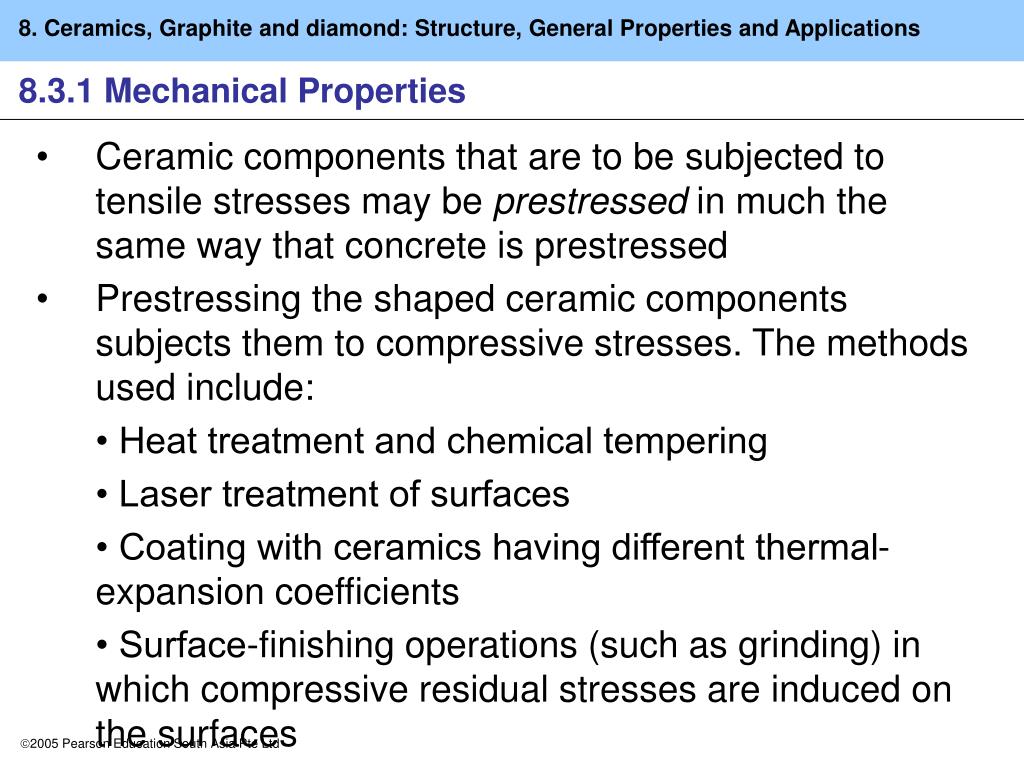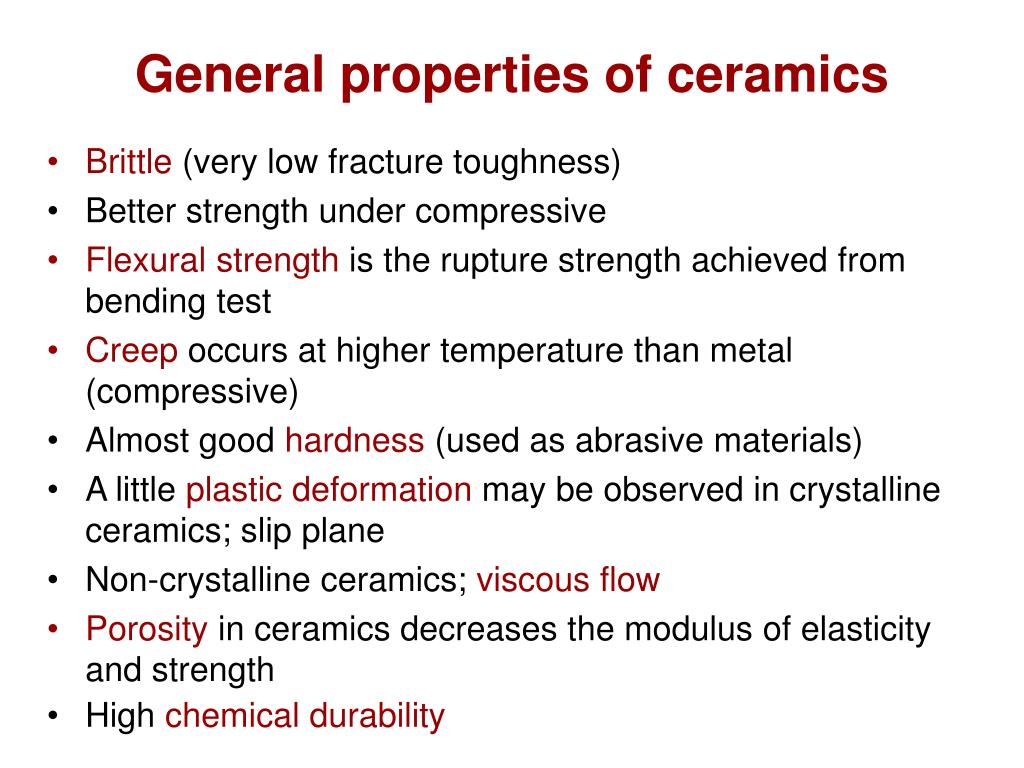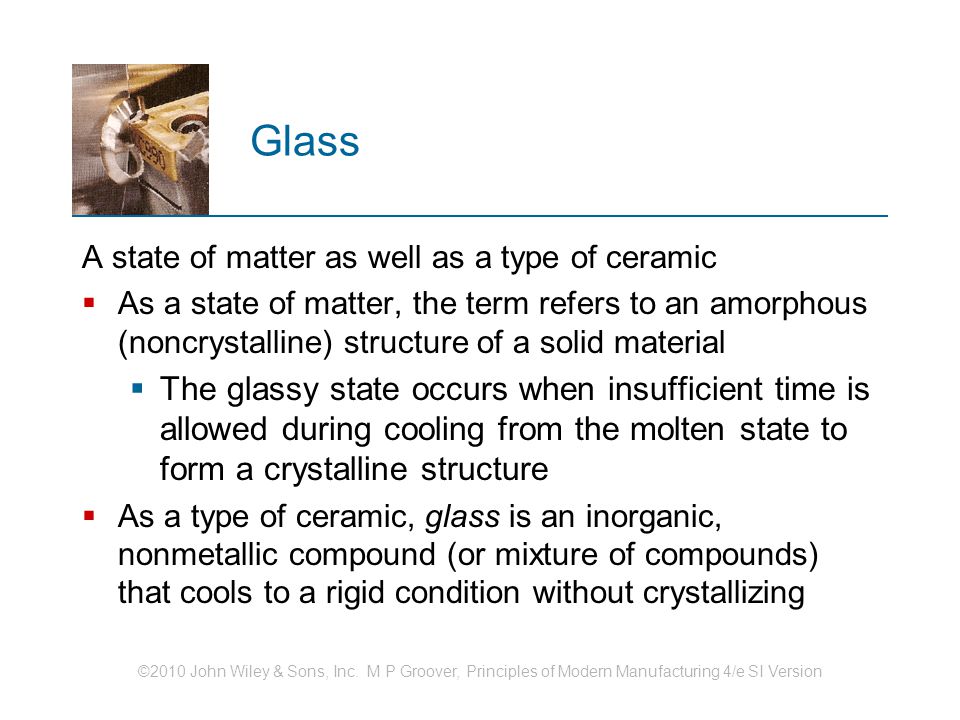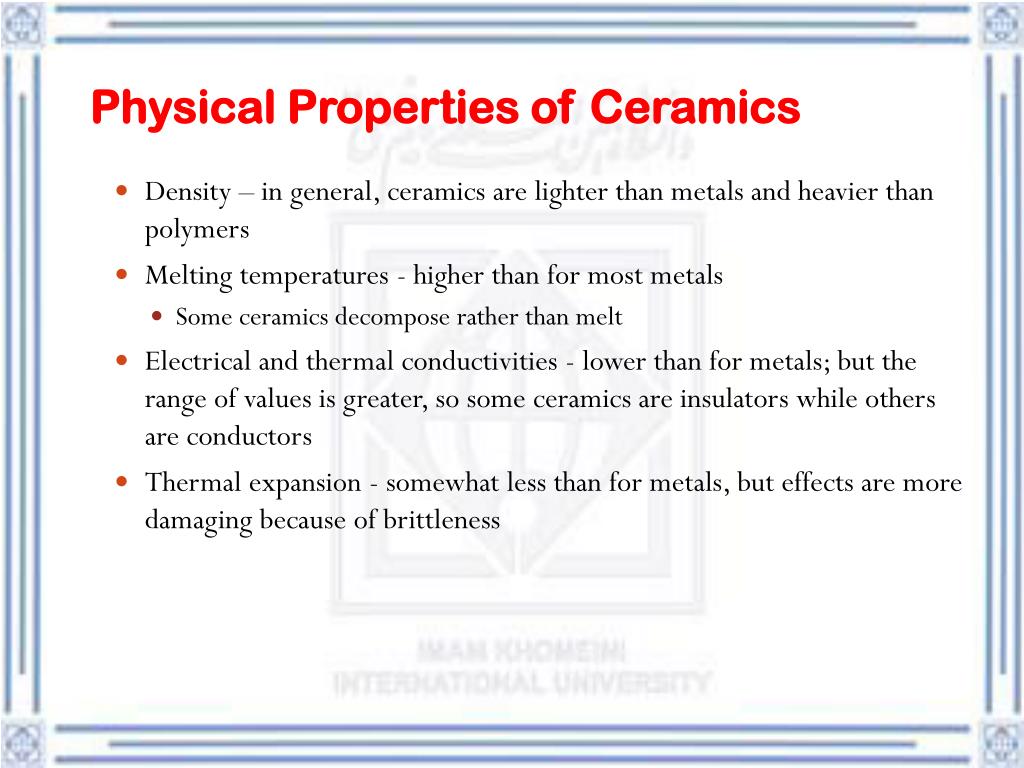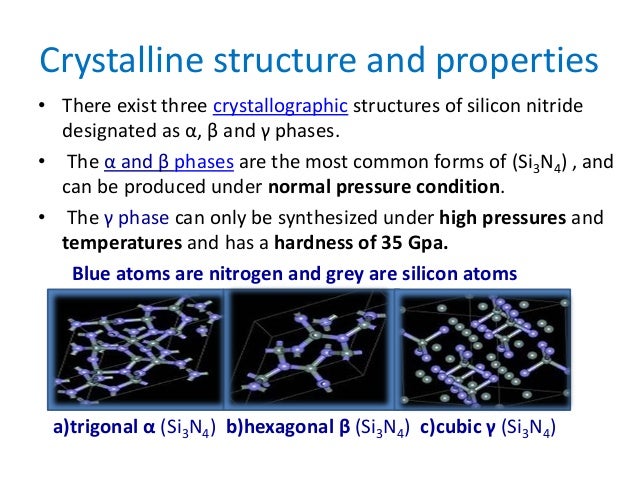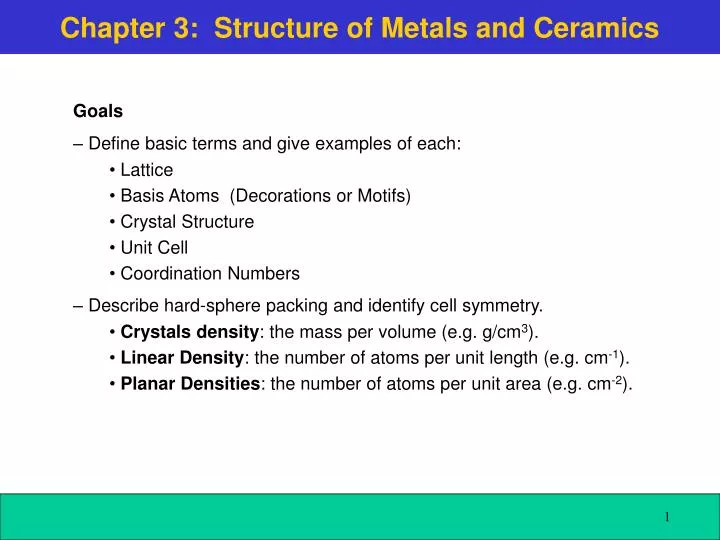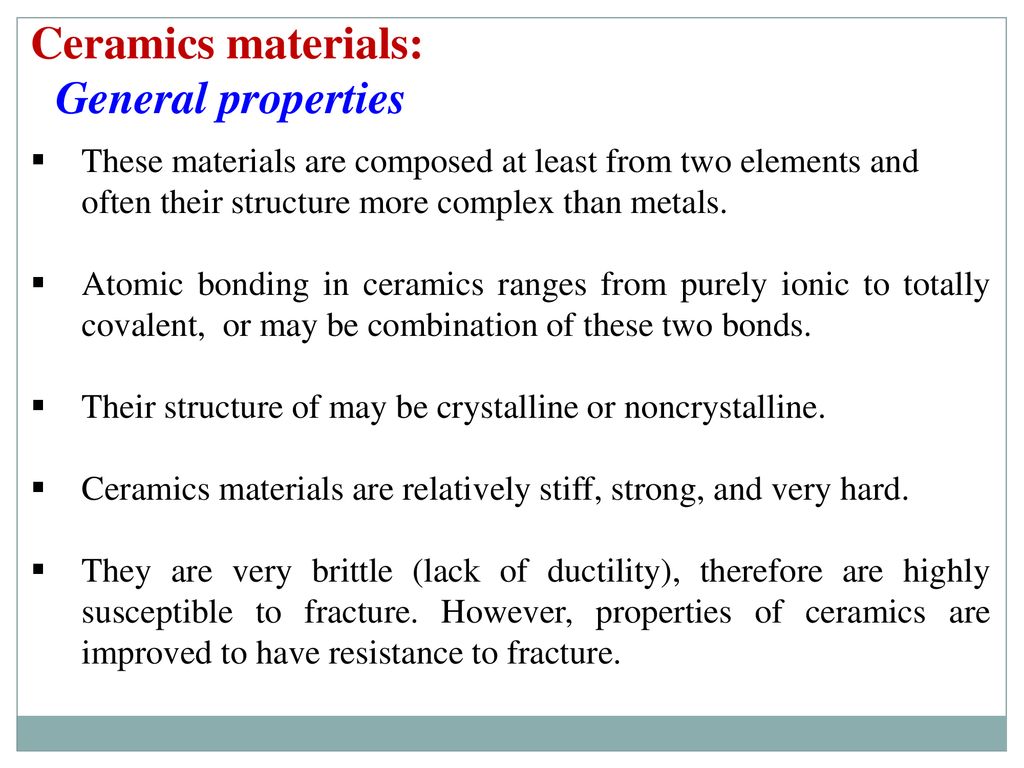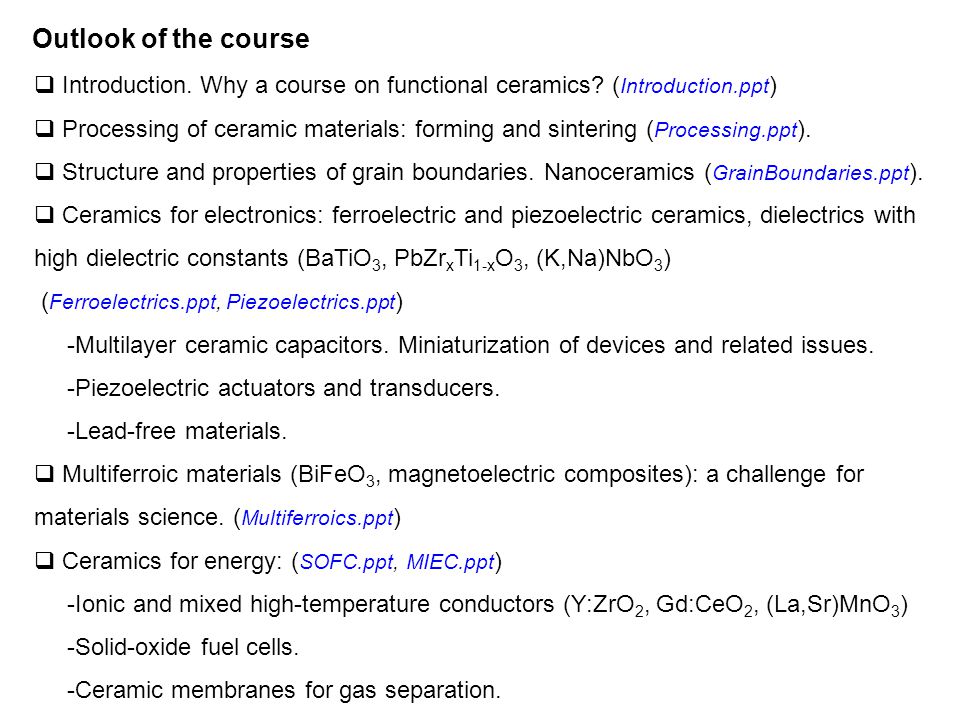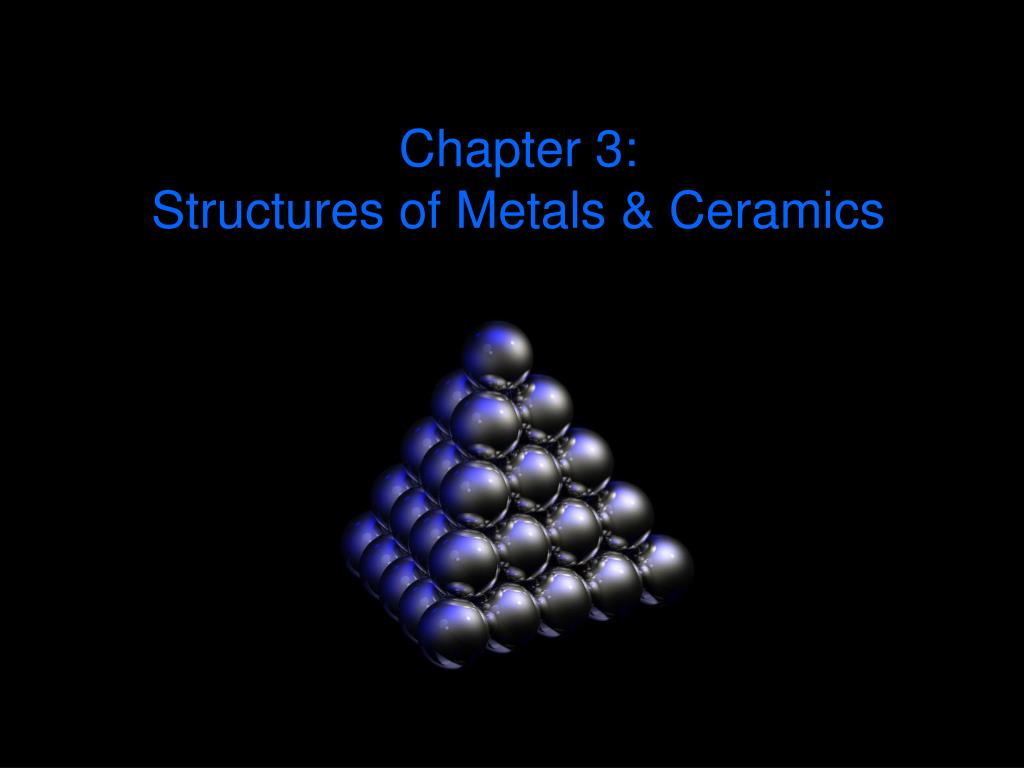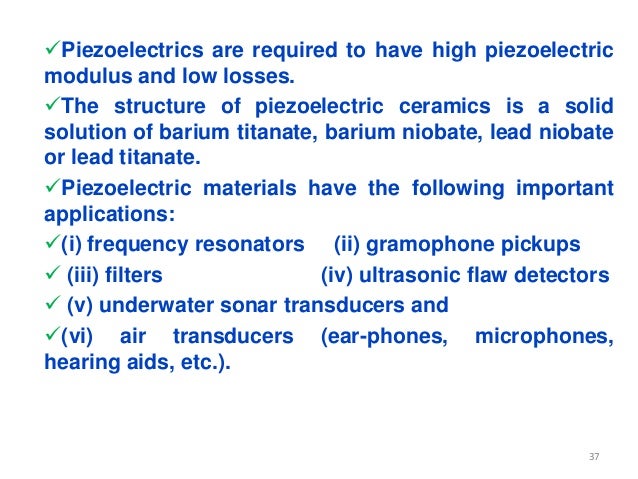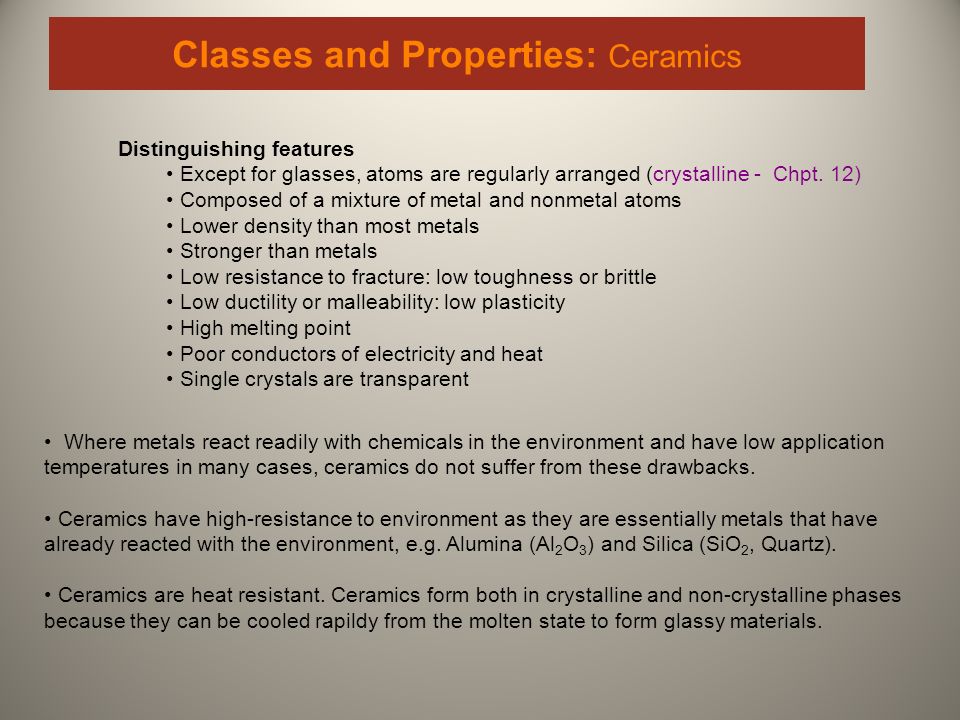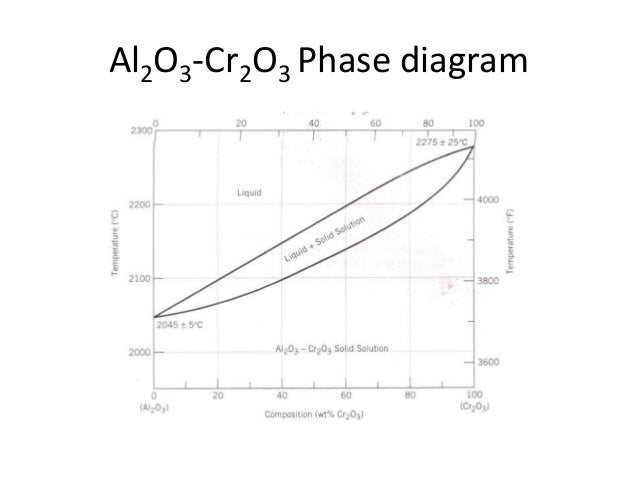The glass partially crystallises and the glass ceramic develops a structure comprising an amorphous glassy phase and at least one embedded crystalline phase 1.
Structure and properties of ceramics ppt.
Ceramics play an important role in our day to day life.
Optical ceramics are polycrystalline materials produced through controlled crystallization of base glass.
Glass ceramics can range from highly crystalline to containing a more substantial glassy phase.
Development of ceramics helps to decrease the demand in industries.
Modern ceramic materials differ from the traditional materials which were only based on natural substances.
Part ii reviews the developments in evolution of all ceramic systems over the last decade and considers the state of the art in several extended materials and material properties.
Properties of ceramics classification of ceramics ceramic raw material fabricating and processing of ceramic application of ceramics 1 glasses 2 clay products 2 1 structural clay product 2 2 whitewares 3 refractories.
3 1 fireclay 3 2 silica 3 3 basic refractories 3 4 special refractories 4 abrasives 5 cements 6.
The table below provides a summary of the main properties of ceramics and glass.
Oxygen anions larger than metal cations.
Structure and properties of ceramics.
Glass ceramics have an amorphous phase and one or more crystalline phases and are produced by a so called controlled crystallization in contrast to a.
Compare to other materials ceramics have some unique properties.
Close packed oxygen in a lattice usually fcc cations fit into interstitial sites among oxygen ions.
For example oxides carbides.
Structures and properties of ceramic materials in general new ceramics are based on compounds other than variations of aluminum silicate which form most of the traditional ceramic materials new ceramics are usually simpler chemically than traditional ceramics.
Ceramics usually withstand high temperature but it has poor mechanical properties.
As they contain crystalline phases and therefore also.
Structure and thermal properties of ceramics a.
Glass ceramic materials share many properties with both glasses and ceramics.
Glass ceramics are made of small grains surrounded by a glassy phase and have properties in between those of glass and ceramics.
It is now possible to prepare ceramics using a wide range of properties and as an area this field has evolved as a very broad scientific and technical.
Part i reviews the composition structure and properties of dental ceramics from the literature available in pubmed and other sources from the past 50 years.
